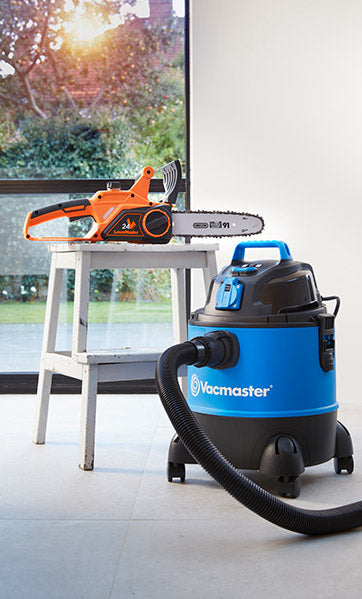-
Free Next Day Delivery
-
Buy Direct from the Makers
-
UK Customer Support
5 ways to make your garden more insect friendly
3 Min Read
- Tips
Share
With the UK’s flying insect population reportedly declining by over 60% in the last couple of decades, this article covers how to make your garden more appealing to insects.
The latest Bugs Matter Citizen Science Survey 2022 reveals a 63.7% reduction in the abundance of actively flying insects in the UK between 2004 and 2022. A concerning trend driven by increasing temperatures and fragmented habitats.
These insect populations are critical to the UK’s ecosystem and more needs to be done to nurture and protect them.
Here’s five ways to make your garden and outdoor space more insect friendly:
Grow insect-friendly plants
The RHS advises that the more year-round flowers a garden can offer, the greater the number of pollinators like bees, hoverflies and butterflies it will attract.
Here’s some of the more commonly known plants which are great to plant in your garden for pollinators:
Nov-Feb
Crocus (winter flowering), Snowdrop, Purpus honeysuckle
Mar-May
Hawthorn, Hebe, Lily-of-the-valley, Cowslip, Primrose
Jun-Aug
Hollyhock, Snapdragon, Marigold, Foxglove, English lavender, Poppy, Peony
Sept-Oct
Tube clematis, Dahlia, Common ivy, Silverthorn
Leave areas to grow wild
Leading nature charity Plantlife highlights that nearly 7.5m acres of flower-rich meadows and pastures have been lost since the 1930’s. A huge amount of habitat that insects of all types rely on.
Their ‘No Mow May’ scheme encourages many of us to lock away our lawnmower during the month of May and to encourage the growth of wildflowers in our garden.
Taking this one step further and leaving areas of your garden to grow wild throughout the year will help to create more year-round insect friendly habitats, packed full of wild plants and flowers like nettle, daisy, dandelion, bluebell, cow parsley and cowslip to support the insect population.
Create a bug hotel
The National Trust UK website includes a number of useful tips and tricks for building a bug hotel for your garden. Some of which can be quite elaborate depending on the range of materials, space and time available (!)
The following materials can be used to form part of your bug hotel:
Tree bark, leaves, dead wood, bamboo, hay, pet hair, pinecones, string, cardboard, pipe.
Pro Tip: Don’t forget to create lots of different areas within your bug hotel to ensure it attracts a diverse range of insects.
Avoid chemical fertilisers and pesticides
Chemical fertilisers and pesticides should be avoided if you want to encourage insects to your garden.
Whilst some use pesticides to prevent insects from targeting certain plants, they are harmful to humans and pets if consumed and also to the environment in which they are used. There are a range of plant-derived alternatives available, including corn gluten, black pepper and garlic compounds.
Only using natural fertilisers like compost, horse manure and seaweed will also help to keep those harmful chemicals out of the garden, whilst also saving you some money.
Build a garden pond
Garden ponds are ideal habitats for insects, including dragonflies, water beetles and damselflies with many laying their eggs in or around the water.
When creating a garden pond it is important to ensure it has a sloping edge and is packed full of oxygenating plants with stems and leaves protruding from the water for insects to land on.
Ponds are a great focal point for a garden and are great at attracting all sorts of wildlife including birds, hedgehogs and foxes.
See our blog for other gardening tips and tricks.
Mailing List
Sign up for 10% off
Access exclusive offers, news and advice. Plus, get 10% off your next purchase.
